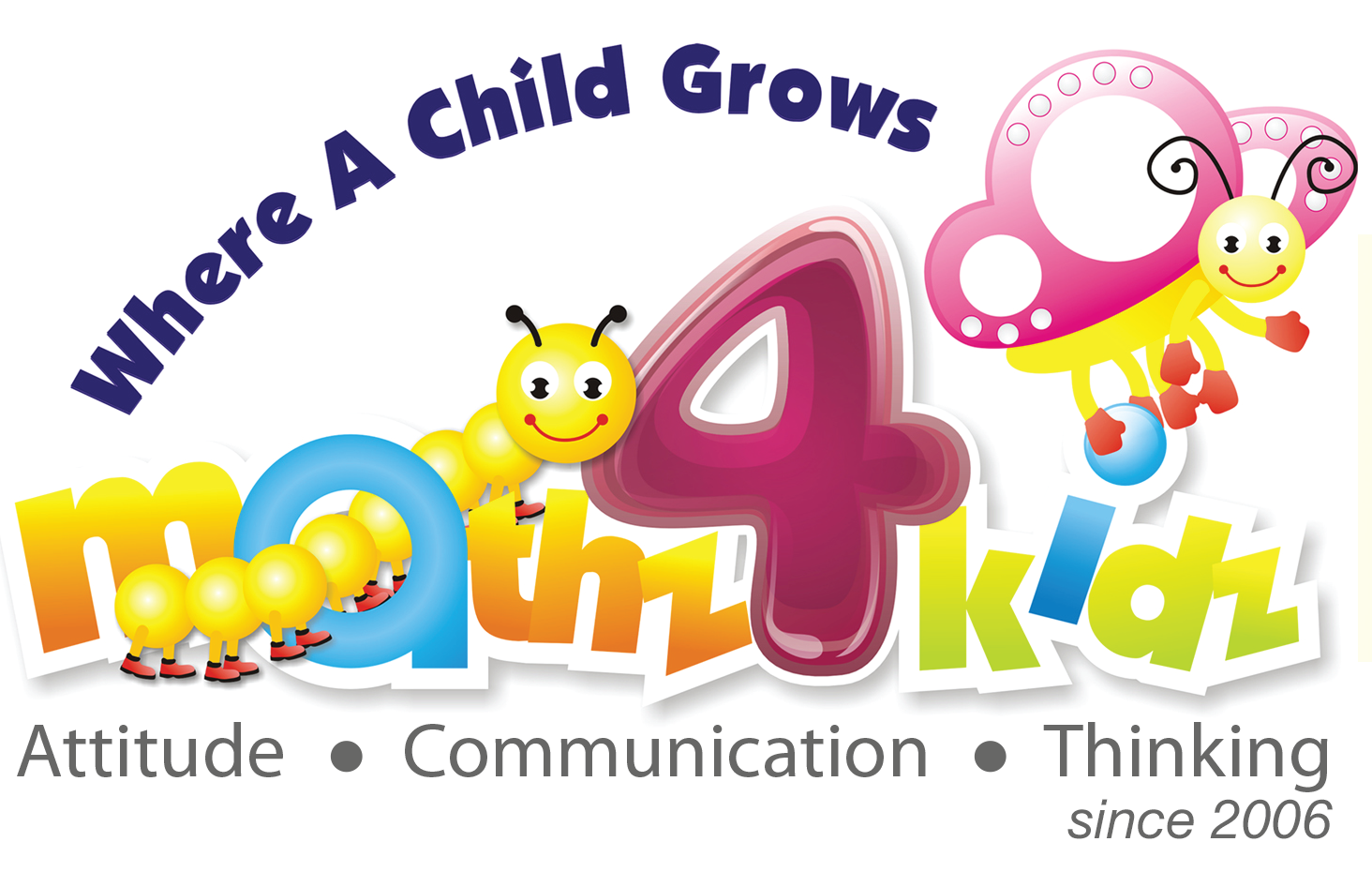Kindergarten
Earlybird Kindergarten Mathematics - a series used around the world including in the USA and that has been translated into Spanish - to live.
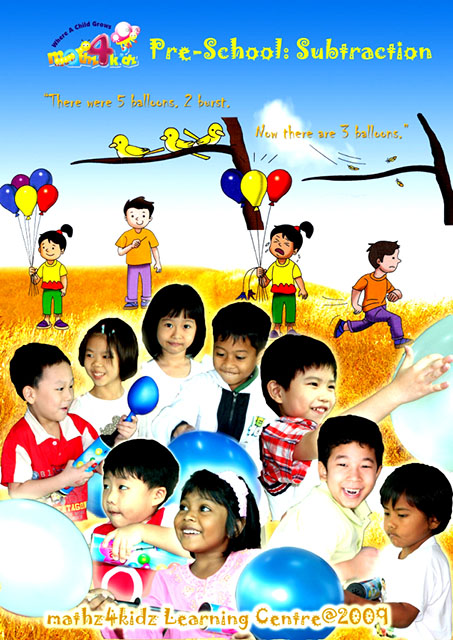
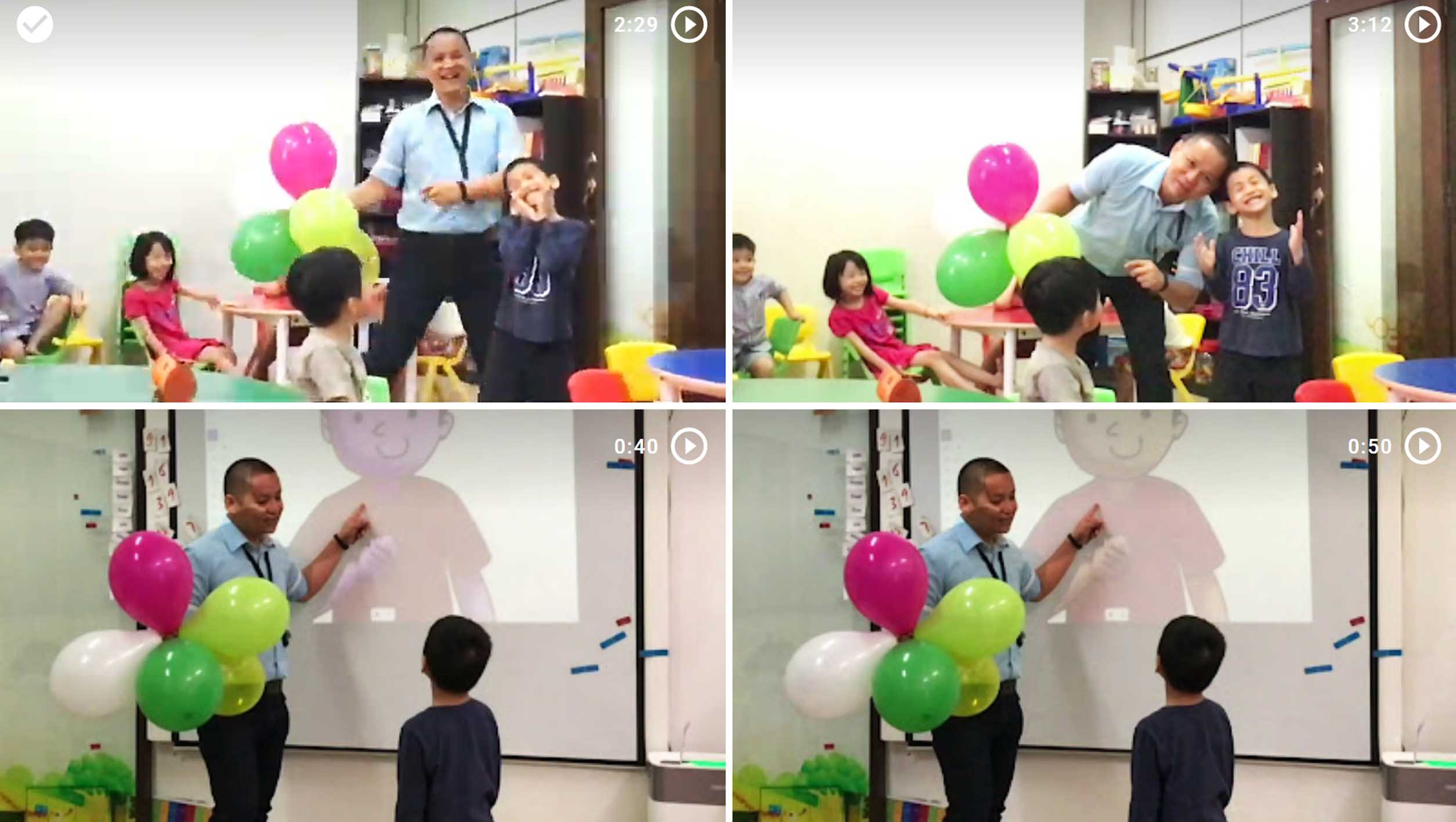
When we learn
5 - 3 = 2.
Do you provide your kids with such multi-faceted understanding of a computation or are you busy yourself with worksheets and more worksheets?
subtraction as a change situation
In this lesson children learn 5 – 3 = 2 using balloons (subtraction as a change situation).
Teacher Jimmy extended the lesson by helping students understand 5 – 3 = 2 as a comparison situation and part-whole situation. These are the three situations represented by 5 – 3.
This has helped mathz4kidz students not only excel in school mathematics but also love learning.
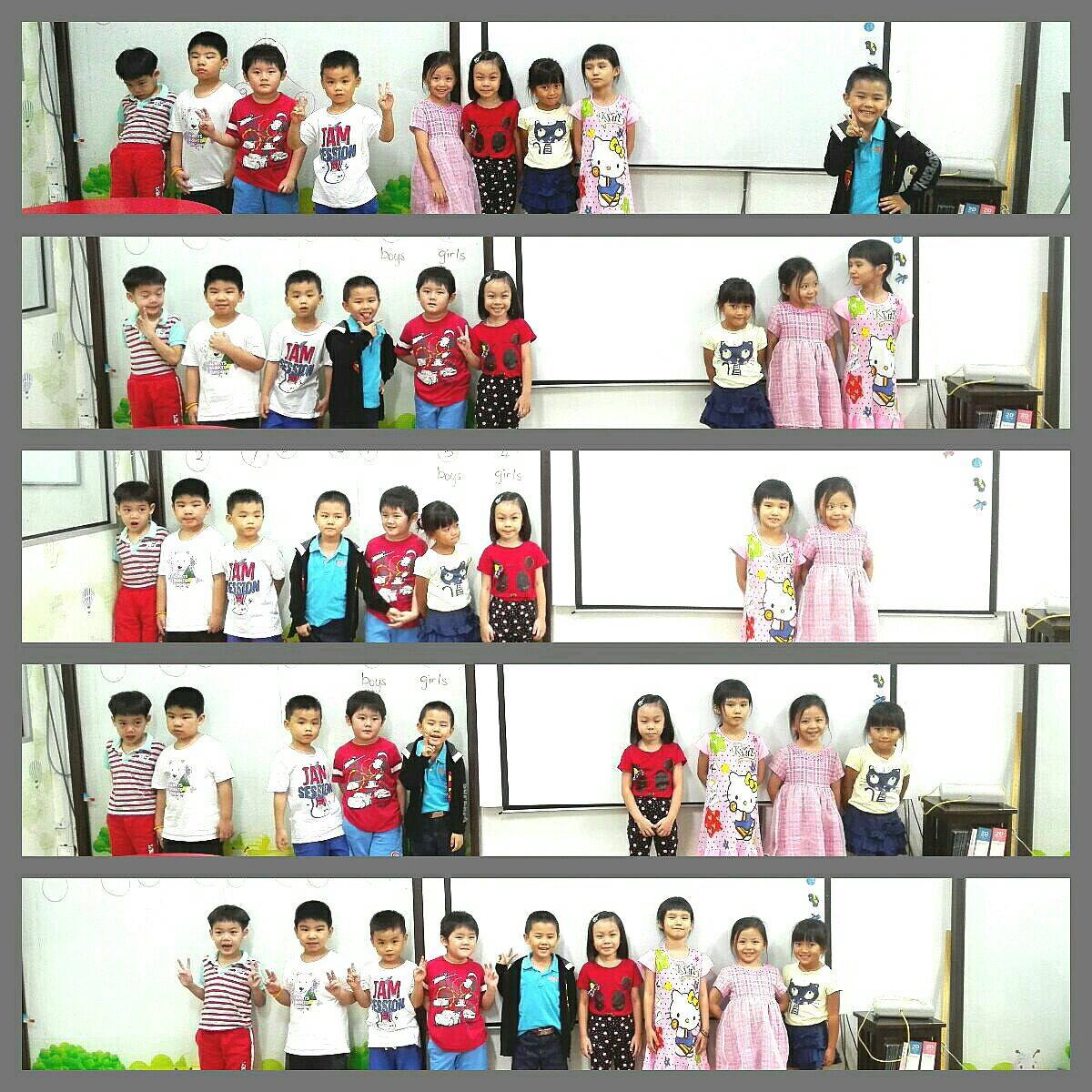
Provides a foundation for more complex math strategies.
Kindergarten Kids Making Number Bonds
This lesson combines sorting and number bonds for nine.
1st way – wearing a jacket and not wearing a jacket gave rise to 1 and 8.
2nd way – wearing skirt and not gave rise to 3 and 6.
3rd way, in pink and not in pink gave rise to 2 and 6.
4th way, girls and boys gave rise to 6 and 4.
Introduced to number bonds through the Concrete, Pictorial, Abstract (CPA) approach.
How We Teach Number Bonds ?
Concrete, Pictorial, Abstract (CPA) approach.
Concrete step
Children count real objects first, then use counters for them. Next, they group counters into two sets.
Pictorial step
After learning with objects, children write number bonds in books or boards. They write the two sets of counters they made before, and other pairs.
Abstract step
After the object and picture steps, children use math symbols for abstract problems (e.g., 3 + 2 = 5)
Low-floor, high-ceiling tasks (Boaler) help children learn perseverance.
Kindergarten 1 children doing an activity on counting. They learn that five cubes can have different arrangements – principle of conservation.
Such low-floor, high-ceiling tasks (Boaler) help children learn perseverance.
Children get to explore (Dienes) different ways to use five cubes to make a structure.
They interact (Vygotsky) and use oral language (Piaget).
They took a long time on one task (Piaget), solving a problem in many ways instead of many problems in one way (Polya).
They use concrete materials to learn abstract ideas of conservation (Bruner).
At mathz4kidz, we apply learning theories to ensure that children learn well. And have fun learning.
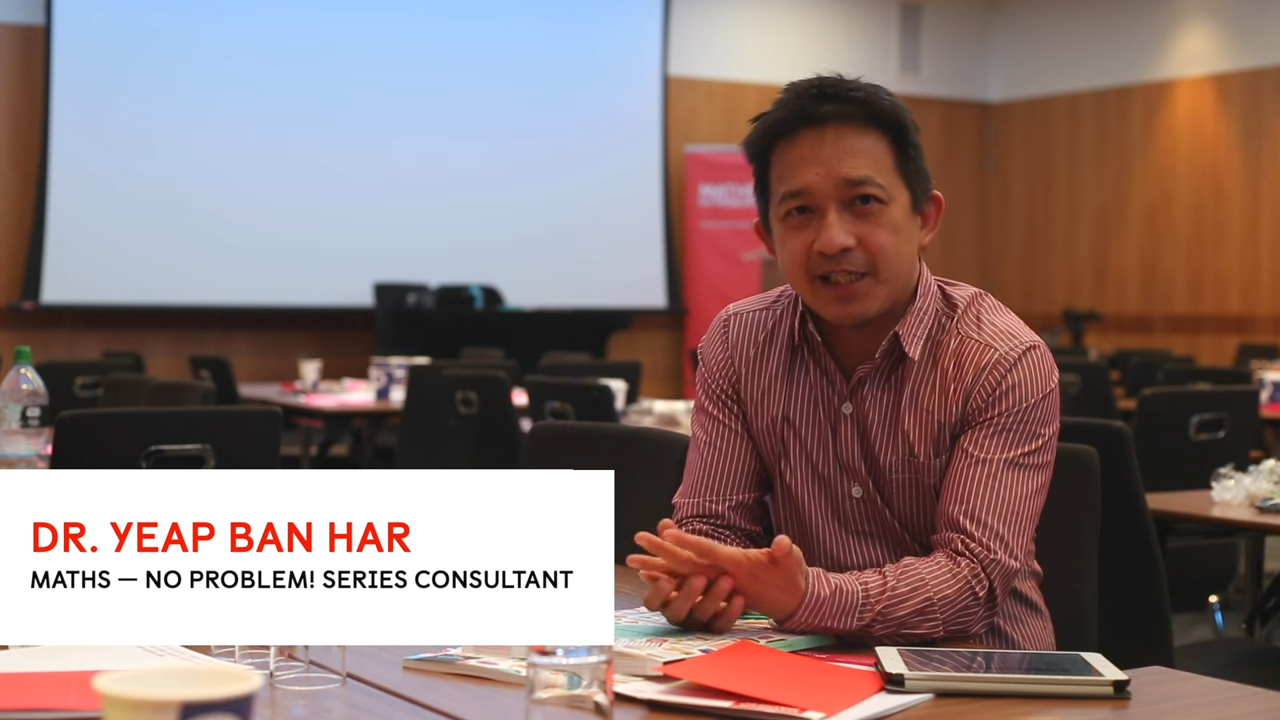
What Is Singapore Maths ?
The Proven Theories Behind Singapore Maths | Maths – No Problem!
Dr Yeap Ban Har, explains the five learning theories that underpin the Singapore maths approach:
Lev Vygotsky and
